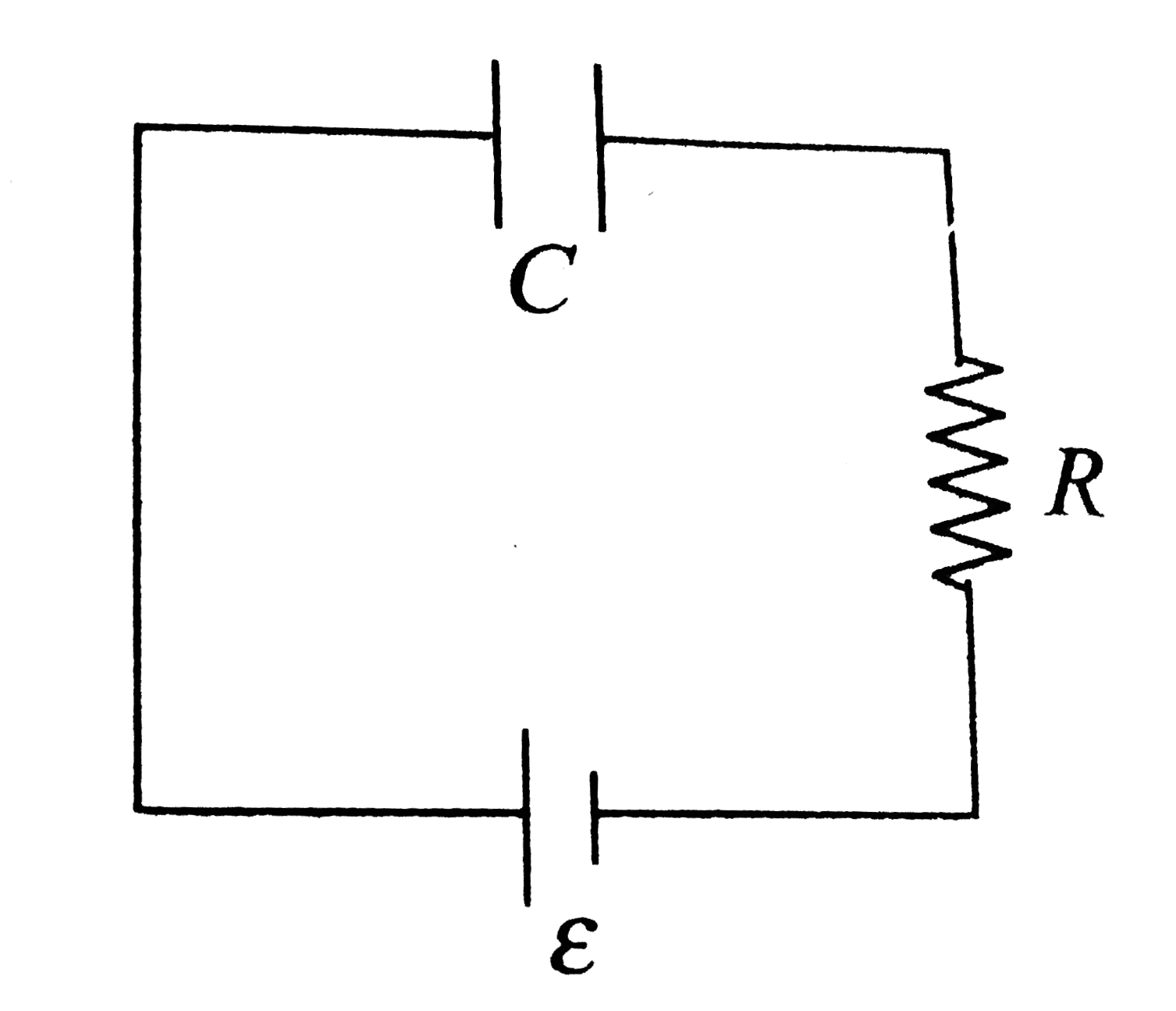STATEMENT-1 : When the plates of a charged capacitor are connected to a resistor, a current starts flowing in the resistor.
and
STATEMENT-2 : A charged capacitor acts as a battery of steady emf.
Statement-1 is True, Statement-2 is True, Statement-2 is a correct explanation for Statement-1
Statement-1 is True, Statement-2 is True, Statement-2 is NOT a correct explanation for Statement-1
Statement-1 is True, Statement-2 is True
Statement-1 is False , Statement-2 is True
The correct Answer is:3
Step by step video, text & image solution for STATEMENT-1 : When the plates of a charged capacitor are connected to a resistor, a current starts flowing in the resistor. and STATEMENT-2 : A charged capacitor acts as a battery of steady emf. by Physics experts to help you in doubts & scoring excellent marks in Class 12 exams.
Topper's Solved these Questions
- BOOK - AAKASH INSTITUTECHAPTER - CURRENT ELECTRICITYEXERCISE - ASSIGNMENT SECTION-J(MATRIX-MATCH TYPE QUESTIONS)2videos
CURRENT ELECTRICITY
- BOOK - AAKASH INSTITUTECHAPTER - CURRENT ELECTRICITYEXERCISE - ASSIGNMENT SECTION-H( INTEGER ANSWER TYPE QUESTIONS)3videos
CURRENT ELECTRICITY
- BOOK - AAKASH INSTITUTECHAPTER - CURRENT ELECTRICITYEXERCISE - ASSIGNMENT SECTION-C(OBJECTIVE TYPE QUESTION ))3videos
CURRENT ELECTRICITY
- BOOK - AAKASH INSTITUTECHAPTER - COMMUNICATION SYSTEMS EXERCISE - ASSIGNMENT SECTION D (Assertion-Reason)10videos
COMMUNICATION SYSTEMS
- BOOK - AAKASH INSTITUTECHAPTER - DUAL NATURE OF RADIATION AND MATTER EXERCISE - ASSIGNMENT (SECTION-D)10videos
DUAL NATURE OF RADIATION AND MATTER
Similar Questions
An uncharged capacitor is connected in series with a resistor and a battery. The charging of the capacitor starts at t=0. The rate at which energy stored in the capacitor:-
View SolutionWhen a parallel plate capacitor is connected across a d.c. battery. Explain briefly how the capacitor gets charged .
View Solution
Knowledge Check
- Question 1 - Select One
An uncharged capacitor is connected to a battery. On charging the capacitor
AAll the energy supplied is stored in the capacitorBHalf the energy supplied is stored in the capacitorCThe energy stored depends upon the capacity of the capacitor onlyDThe energy stored depends upon the time for which the capacitor is charged - Question 2 - Select One
When a charged capacitor is discharged through a resistor, heat is produced in the resistor
In charging a capacitor, energy is stored in the capacitor.ABoth A and R falseBBoth A and R true and R is not correct reason for ACA is true and R is falseDBoth A and R are true and R is correct reason of A. - Question 3 - Select One
Statement-1: If the plates of a capacitor are connected through a conducting wire, then its capacitance becomes infinite.
Statement-2: The capacitors cannot be charged.AStatement-1 is True, Statement-2 is True, Statement-2 is a correct explanation for statement-1BStatement-2 is True, Statement-2 is True, Statement-2 is NOT a correct explanation for Statement-1CStatement-1 is True, Statement-2 is FalseDStatement-1 is False, Statement-2 is True.
Consider a parallel pate capacitor of capactance C with partially conducting medium between its plates having a resistacne Rc if this capacitor is connected to a battery of emf ε and a resistor R as shown in fig.
a. charge on the capacitor as a function of time.
The switch R as a function of time.
 View Solution
View SolutionA charged capacitor is connected with a resistor. After how many time constants, does the energy of capacitor (1100)th becomes of its initial value?
View SolutionDisplacement current exists between the plates of capacitor , when charge of the capacitor
View SolutionSTATEMENT-1: When an uncharged parallel-plate capacitor is charged by conneting it to a cell, the heat produced in the circuit is equal to the energy stored in the capacitor.
STATEMENT-1: The charge on a parallel-plate capacitor means the equal and opposite charges, on its inner surfaces.View SolutionSTATEMENT-1: A parallel plate capacitor is charged by a battery. The battery is then disconnected. If the distance the plates is increased, the enegry strored in the capacitor will decrease.
STATEMENT-2: Work has to be done to increase the separation between the plates of a charged capacitor.View Solution

